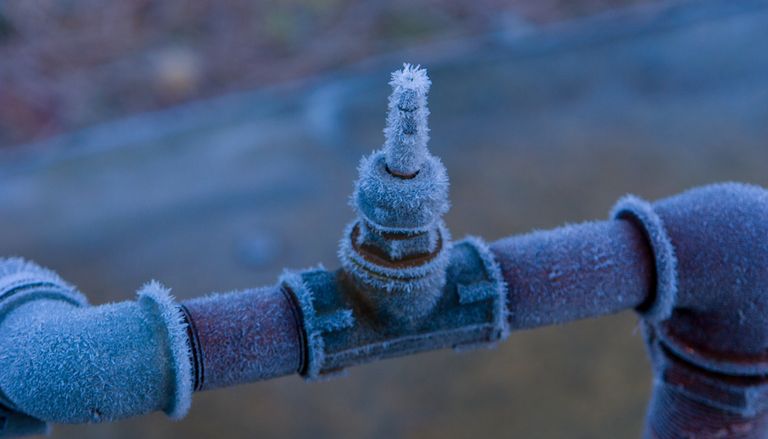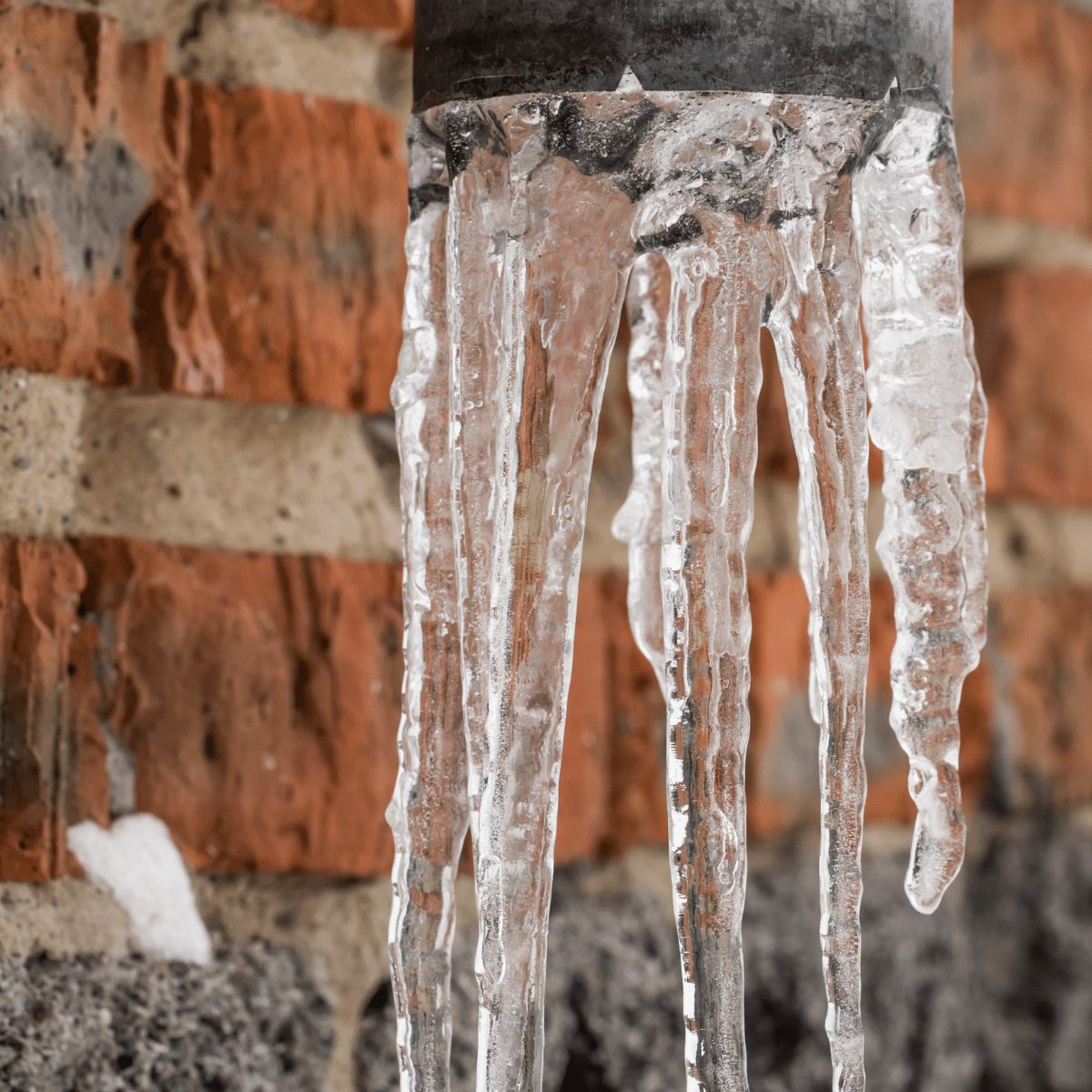How to Prevent Frozen Pipes in Cold Weather: Expert Guidance
How to Prevent Frozen Pipes in Cold Weather: Expert Guidance
Blog Article
This great article down below relating to Helpful Tips to Prevent Frozen Pipes this Winter is extremely interesting. Read it for your own benefit and decide what you think of it.

Cold weather can wreak havoc on your plumbing, particularly by freezing pipelines. Here's how to stop it from happening and what to do if it does.
Intro
As temperatures drop, the danger of frozen pipelines increases, possibly leading to pricey repair services and water damage. Comprehending how to avoid icy pipes is vital for homeowners in chilly environments.
Prevention Tips
Shielding vulnerable pipes
Wrap pipes in insulation sleeves or utilize warm tape to shield them from freezing temperature levels. Focus on pipes in unheated or exterior locations of the home.
Home heating methods
Maintain indoor rooms adequately heated, specifically locations with pipes. Open up cupboard doors to enable warm air to flow around pipes under sinks.
How to determine icy pipes
Seek lowered water flow from faucets, uncommon odors or noises from pipes, and visible frost on exposed pipes.
Long-Term Solutions
Structural adjustments
Consider rerouting pipelines far from outside walls or unheated areas. Include added insulation to attics, basements, and crawl spaces.
Updating insulation
Buy high-grade insulation for pipelines, attics, and walls. Correct insulation assists preserve consistent temperature levels and minimizes the risk of icy pipes.
Shielding Outside Pipes
Garden hoses and outside faucets
Disconnect and drain yard hose pipes prior to winter season. Mount frost-proof spigots or cover outside taps with insulated caps.
Comprehending Frozen Pipelines
What creates pipes to freeze?
Pipelines ice up when exposed to temperatures below 32 ° F (0 ° C) for prolonged durations. As water inside the pipes freezes, it expands, putting pressure on the pipe walls and potentially triggering them to rupture.
Dangers and damages
Frozen pipes can result in water system disturbances, residential property damages, and costly repair work. Burst pipelines can flooding homes and trigger substantial structural damages.
Signs of Frozen Piping
Recognizing icy pipelines early can stop them from rupturing.
What to Do If Your Pipes Freeze
Immediate activities to take
If you think icy pipelines, keep taps open up to soothe pressure as the ice melts. Make use of a hairdryer or towels soaked in warm water to thaw pipes gradually.
Conclusion
Protecting against frozen pipelines requires aggressive measures and fast responses. By recognizing the causes, indicators, and preventive measures, house owners can shield their plumbing during cold weather.
5 Ways to Prevent Frozen Pipes
Drain Outdoor Faucets and Disconnect Hoses
First, close the shut-off valve that controls the flow of water in the pipe to your outdoor faucet. Then, head outside to disconnect and drain your hose and open the outdoor faucet to allow the water to completely drain out of the line. Turn off the faucet when done. Finally, head back to the shut-off valve and drain the remaining water inside the pipe into a bucket or container. Additionally, if you have a home irrigation system, you should consider hiring an expert to clear the system of water each year.
Insulate Pipes
One of the best and most cost-effective methods for preventing frozen water pipes is to wrap your pipes with insulation. This is especially important for areas in your home that aren’t exposed to heat, such as an attic. We suggest using foam sleeves, which can typically be found at your local hardware store.
Keep Heat Running at 65
Your pipes are located inside your walls, and the temperature there is much colder than the rest of the house. To prevent your pipes from freezing, The Insurance Information Institute suggests that you keep your home heated to at least 65 degrees, even when traveling. You may want to invest in smart devices that can keep an eye on the temperature in your home while you’re away.
Leave Water Dripping
Moving water — even a small trickle — can prevent ice from forming inside your pipes. When freezing temps are imminent, start a drip of water from all faucets that serve exposed pipes. Leaving a few faucets running will also help relieve pressure inside the pipes and help prevent a rupture if the water inside freezes.
Open Cupboard Doors
Warm your kitchen and bathroom pipes by opening cupboards and vanities. You should also leave your interior doors ajar to help warm air circulate evenly throughout your home.

I came across that blog entry about 6 Ways to Prevent Frozen Pipes when doing a lookup on the search engines. Remember to set aside a second to distribute this blog if you enjoyed reading it. Thanks a bunch for your time. Come back soon.
Get A Free Estimate Report this page